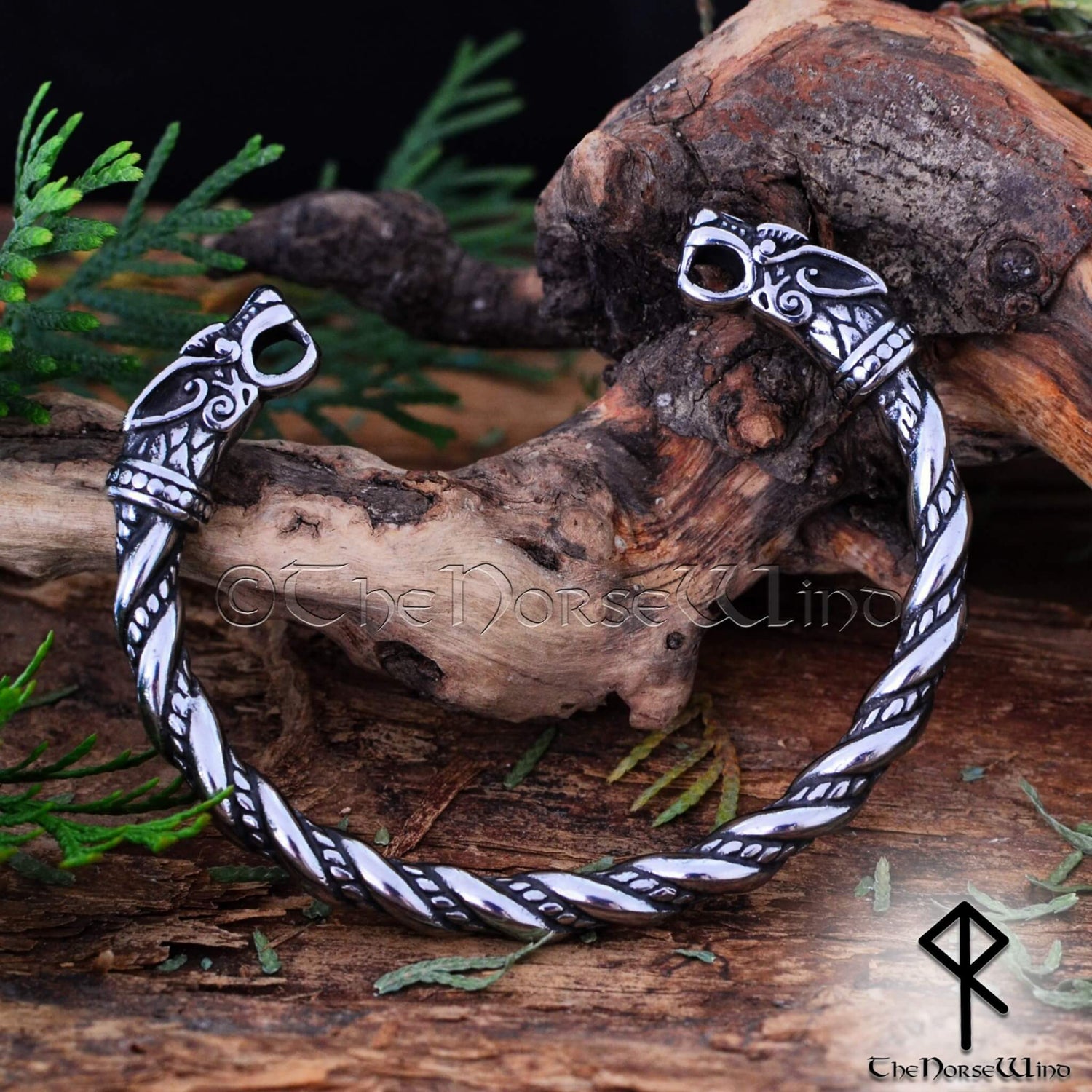Thor: The Mighty Norse God of Thunder and Strength
Share
In Norse mythology, Thor is one of the most renowned and revered gods. As the god of thunder, strength, and protection, Thor played a significant role in the pantheon of Norse deities. With his mighty hammer Mjölnir and his thunderous chariot drawn by goats, Thor symbolized power, bravery, and the forces of nature. This article delves into the captivating tales, attributes, and cultural significance of the mighty Thor.
Origin and Lineage: Thor, also known as Þórr in Old Norse, was the son of Odin, the chief god, and Jord, the personification of the Earth. He belonged to the Aesir, the principal group of Norse gods who resided in Asgard, their celestial realm. Thor's red hair and beard, as well as his imposing stature, were distinct features that made him easily recognizable among the gods.
Attributes and Appearance: Described as exceptionally strong, Thor possessed unparalleled physical might and was regarded as the strongest of all gods. He stood tall and muscular, with a fearsome countenance that intimidated his foes. Thor's weapon of choice was his magical hammer, Mjölnir, which enabled him to channel and control lightning, thunder, storms, and fertility.
Mjölnir, the Hammer of Thor: Mjölnir, crafted by the skilled dwarven brothers Sindri and Brokkr, was more than just a weapon; it represented Thor's authority and served as a tool to protect both gods and mortals. The hammer was renowned for its devastating power, always returning to Thor's hand when thrown. Mjölnir's immense weight allowed Thor to deliver mighty blows capable of shattering mountains and defeating giants and monstrous creatures. Furthermore, the hammer was considered a symbol of fertility and invoked during marriage ceremonies to bless couples with prosperity and fruitful unions.
Adventures and Feats of Valor: Thor's sagas and tales are rife with extraordinary adventures, where he valiantly battled a multitude of adversaries. One of his most famous feats involved thwarting the menacing Jörmungandr, the gigantic serpent that encircled Midgard (the human realm), during the cataclysmic event known as Ragnarok. Thor also clashed with other formidable foes such as the frost giants and the giants of Utgard, always emerging victorious due to his indomitable strength and fierce determination.
Thor in Norse Society and Beliefs: In Norse society, Thor was highly regarded and revered by both the aristocracy and the common people. He embodied the ideal warrior archetype and was seen as a guardian deity, defending gods and humans from malevolent forces. Thor's role extended beyond warfare, as he was also associated with agriculture, fertility, and the protection of the natural world. His symbol, the Hammer of Thor, became a popular talisman for the Norse people, believed to bring good fortune and protection.
Legacy and Modern Representations: The tales of Thor and his exploits continue to captivate audiences worldwide. In contemporary culture, Thor has gained prominence through various mediums, including literature, art, and film. Marvel Comics introduced Thor as a superhero in the 1960s, further popularizing the character in the modern era. The Marvel Cinematic Universe brought Thor to the silver screen, showcasing his epic battles and complex personality, making him an iconic figure in popular culture.
Thor, the mighty Norse god of thunder and strength, has left an indelible mark on mythology and continues to inspire generations with his courage, power, and resilience. As a symbol of protection and fertility, Thor's significance resonated deeply with the Norse people, reflecting their reverence for the forces of nature. Through the retelling of his adventures, Thor embodied the virtues of bravery, heroism, and the unwavering determination to protect both gods and mortals.
By studying the mythology, symbolism, and cultural significance of Thor, we gain insights into the values and beliefs of ancient Norse society, as well as a greater appreciation for the natural world.
Like Thor, we can find the power to overcome challenges and protect what is dear to us. Let the thunderous roar of Thor's hammer inspire us to embrace our own inner strength and face life's battles with unwavering courage.
In conclusion, Thor, the mighty Norse god of thunder and strength, stands as a symbol of bravery, protection, and the indomitable human spirit. As we continue to explore the realms of Norse mythology, let us honor the legacy of Thor and carry his spirit with us, reminding ourselves that within each of us lies the power to conquer the storms of life.











